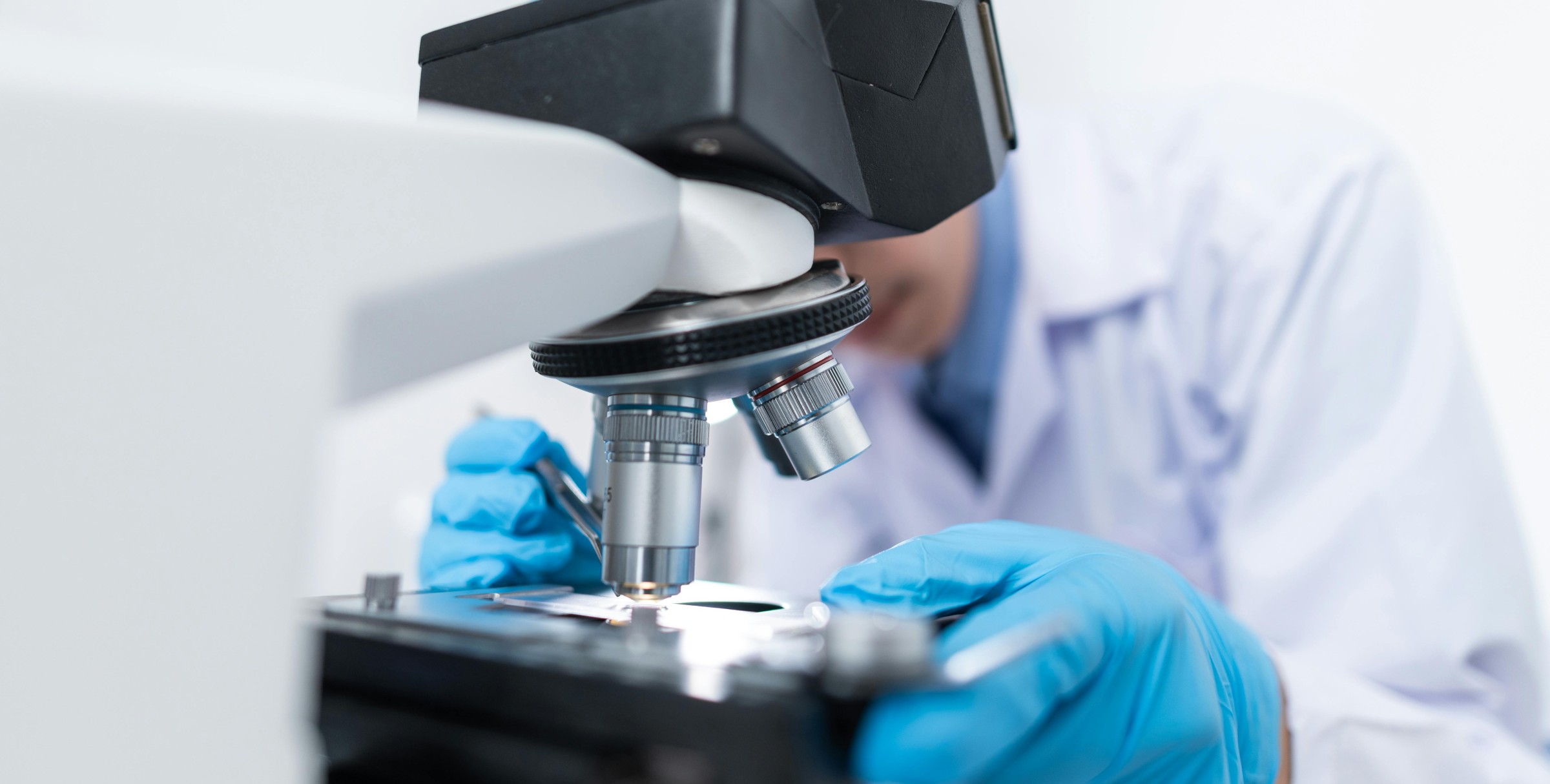A new study published in the journal Cell has revealed new information about how Bacterial Vaginosis and Chlamydia infections may interact, with surprising implications for how medical professionals may decide to treat both infections.
What is BV?
Bacterial Vaginosis (BV) is a common vaginal infection caused by an imbalance of the natural bacteria found in the vagina.
Normally, “good” bacteria (lactobacilli) outnumber the “bad” bacteria (anaerobes). When this balance is disrupted, the anaerobes can grow out of control, leading to BV.
This condition is characterised by symptoms such as a thin, white or grey vaginal discharge, a strong fishy odour, especially after sex, and sometimes vaginal or vuval itching or burning during urination.
It’s important to note that BV is not classified as an STI, although it’s often associated with sexual activity. Engaging in sexual activity can disrupt the natural balance of bacteria in the vagina, which may lead to BV.
Other factors that can increase the risk of developing BV include douching and having multiple sexual partners. While BV can be uncomfortable and sometimes embarrassing, it is treatable with antibiotics.
What is Chlamydia?
Chlamydia, on the other hand, is an STI caused by the bacterium Chlamydia trachomatis.
Chlamydia is the most common bacterial STI in the world, and most people who have it don’t know it. Approximately 75% of women and 50% of men show no symptoms after infection.
When symptoms do occur, they can include:
- Abnormal genital discharge
- Burning during urination
- Pain during intercourse
- Unexpected bleeding in women
If left untreated, Chlamydia can lead to serious health complications, such as pelvic inflammatory disease (PID) in women, which can cause infertility, and epididymitis in men, which can also affect fertility.
Why does having BV make getting Chlamydia more likely?
The study published in Cell seemed to suggest that a subtype of molecular BV increased the risk for Chlamydia infection among Black and Hispanic adolescents and young women.
The finding adds to a growing body of evidence that the cervical microbiome (CVM) plays a central role in the natural history of Chlamydia infection. The study’s lead author, Mykhaylo Usyk, PhD, of the Albert Einstein College of Medicine, suggests that further research is needed in this area.
“There are a number of studies that have investigated the characteristics of the CVM and/or BV prior to the development of a CT infection,” the researchers wrote in Cell. “Nevertheless, the temporal relationship and molecular characteristics of the CVM in relation to CT infections are not fully understood, particularly given the dynamic nature of the CVM.”
For this study, cervicovaginal swab samples were collected at three different time periods from 187 participants: six months before infection, at the time of infection, and eight months after treatment. The samples were used in 16S v4 rRNA and ITS1 amplicon sequencing to characterise bacterial and fungal infections.
During the period before infection, participants exhibited higher molecular BV scores than controls, suggesting that dysbiosis (an imbalance in a community of microorganisms) may predispose individuals to Chlamydia infections. In particular, a subtype of BV (CST-IV-A) was associated with an increased risk for incident Chlamydia infection.
Following treatment, the composition of the participants’ CVM reverted to their pre-infection state. Reinfection rates were notably higher in CST-IV-A participants with persistent molecular BV. Such results may suggest an association between the state of post-treatment CVM and adverse reproductive outcomes.
“Our findings demonstrate that various features of the CVM related to BV[…]are predictive of CT infection and reinfection[…] This understanding may form the basis of new public health measures to reduce the burden of CT infections by development of preventive and therapeutic strategies based on more granular features of the CVM.”
What are the limitations of the study?
While this study is fascinating in its implications, it does have a couple of limitations.
First, the 6-month interval between study visits makes it difficult to capture the functional relationship between Chlamydia infection, treatment, and CVM changes over time. The study’s limited sample size also prevented the observation of the full range of CVM variations and their impact on Chlamydia infection risk.
A treatment for molecular BV doesn’t currently exist. The future of BV therapy may lie in treatment to restore the CVM, rather than in better antibiotics.
Final thoughts
If you’re concerned about your sexual health, whether you’re noticing unusual symptoms or have had a new sexual encounter, it’s always Better2Know your STI status.
Click the button below to secure a sexual health test at an STI clinic near you. Or, call the number at the top of this page to speak to a member of our helpful Patient Services team. They can discuss your concerns with you and help you develop a plan of action that will protect your sexual health.
This article has been medically reviewed by Dr. Steve Chapman, 29/04/2025.





